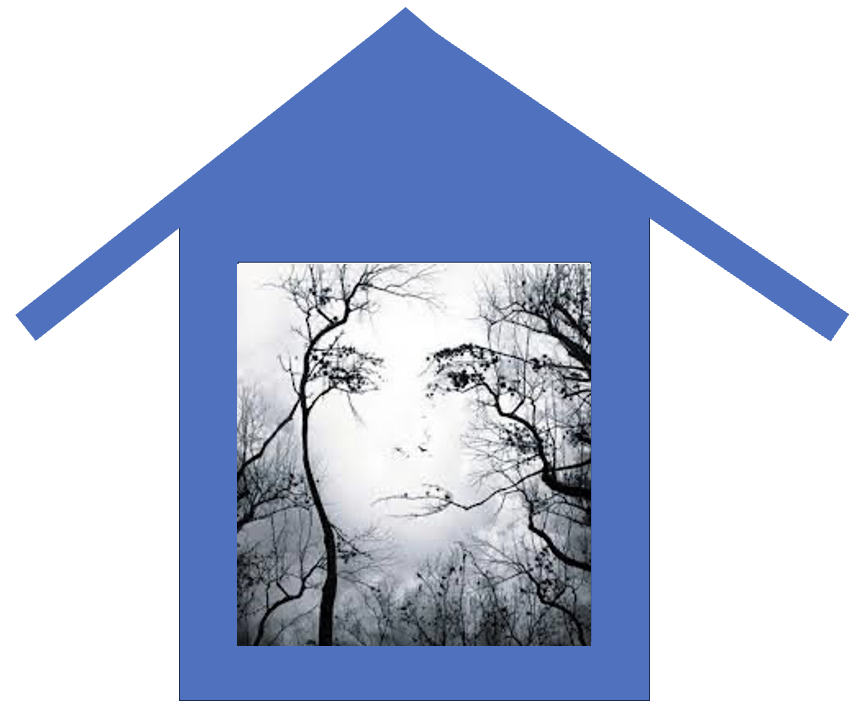Designs 1985-Present
1972-1985 Background: Before starting into hardware designs, I ran a teaching lab and did software for computer-aided instruction (CAI) using the U of Illinois PLATO system while an Assistant Prof. at Purdue U. from 1972-1976. Around 1974 I visited Xerox PARC where they had developed the ALTO and pioneed the PC concept. (Gates and Jobs also got their inspiration there.) I also dropped in on the People’s Computer Company in Menlo Park. I was already interested in use of microcomputers like the Intel 8086 and the DEC LSI 11 as a means to make CAI more available and much less expensive without requiring a huge mainfram like the CDC 6600 machine used for PLATO. So I started trying to learn hardware design. On the way, I did SatCom signal processing software for Linkabit Corp. in San Diego getting a little closer to hardware as a microcoder. I also did some more CAI software work for WICAT.
Over the following decades, hardware design skills were acquired and spanned a range of application areas. The first hardware design I did was used for Fastbus high-energy physics accelerator monitor and control at Stanford Linac. The next was for bipolar integrated circuit testing at T.I. Inc. Right around 1985 Hopfield’s spin glass neural network paper came out, NetTalk gained notoriety, and the UCSD P.D.P. group popularized the backdrop algorithm. I decided to reconnect with my training and interest in the brain and neural networks going back to my undergrad years. I joined the Dallas Area Metroplex Inst. for Neural Dynamics (MIND) discussion group and attended a related conference at NTSU where I met Steve Grossberg. He tipped me off to a neural network startup in San Diego (HNC). I ended up going back to San Diego in 1987 to join SAIC and founded Applied Neurodynamics (1) a year later. I have mostly done artificial neural network board designs, or neuromorphic board designs ever since along with some EEG and BMI designs, and a few other bill-paying projects. Many of these designs were done as a contractor under the DBA of Applied Neurodynamics until 2006. For 10 of the last 17 years I was able to eke out support for a position at UCSD where I did the rest. In another section (Paradigm) I’ll explain how my lifelong interest in the conscious mind led to where am focused now in retirement.
The facility names below will link to pages with pictures of hardware or artwork that I did with brief descriptions from oldest to most recent. There were other projects and customers, but those listed resulted in tangible designs. The three in parens had nothing to do with neuromorphic engineering but helped keep ‘appliedneuro’ going. There were others like that not documented.
Preapology: I never got into photography like my daughter, Michelle. So do not expect quality images.
SLAC TI SAIC Bell Labs Intel Oxford->INI Orincon (I-Bus Digirad AirFiber) UCSD
NOTE: The information and timeline is from recall. Contact the author for any noted inaccuracies.
(1) Why “Applied Neurodynamics” you may ask. In 1988 it seemed to me with CS training that computation had little to do with brain dynamics although you could simulate neuron and brain dynamics with computers. ‘Neural Computation’ still seems to me to be an overextended metaphor based on functionalist assumptions. First it was all about gears and pulleys, then switchboards and cables, now followed by computers and networks. Each metaphor leaves a lot out. Nowadays, I even wonder about ‘dynamics’ too since time can only be considered an indepedent variable if one cheats on explanations or settles for an oversimplified (‘FAPP’) predictive description. I suspect Carlo Rovelli is on the right track (a deeper explanation). See also my intuitive view in a JCER paper.
